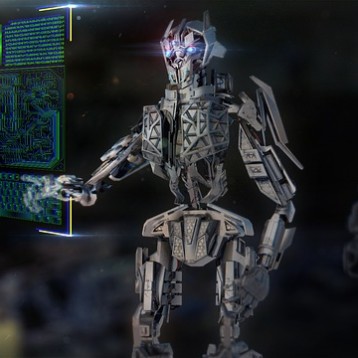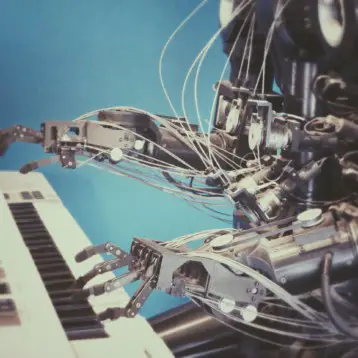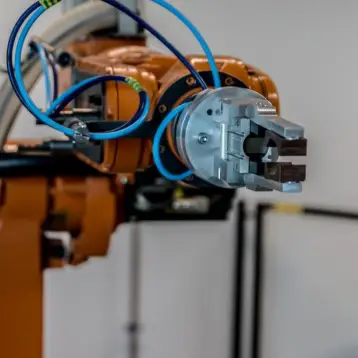|
The current system is created mostly from inexpensive off-the-shelf parts that cost less than five dollars per use. A small commercial radio receiver is placed on top of a custom circuit board with the six electrodes attached. Those electrodes are attached to the optic lobes, brain, and wing muscles of the beetle in its pupal stage. When the adult beetle emerges, the electrodes are fully integrated into its body. Signals from a transmitter attached to a laptop running custom software send small pulses to the electrodes in the optic lobes to initiate or terminate flight and pulses to the electrodes in either the left or the right wing to force a turn in that direction. The system both hijacks the natural motor control functions of the beetle and artificially
induces physiological change in the insect.
Assistant professor of electrical engineering Michel Maharbiz has been designing interfaces between machines and living systems his entire career. Living cells tend to require less power and complete higher precision movements than even the most advanced machines. By combining these cells with mechanical and electrical systems, he hopes to push beyond current limitations on wholly non-living systems. Possible future applications of these hybrid systems include search and rescue or surveillance in difficult to reach locations, self-repairing materials, systems that reconfigure themselves based on environmental factors, and even replacement tissue for damaged organs.
TFOT has previously posted a video showing these cyborg beetles in action. TFOT has also reported on many biomimetic robots based on insects of all sorts including the I-SWARM robotic ants designed to explore the surface of Mars, a robot based on the grasshopper capable of both rolling and jumping, a different grasshopper-inspired robot capable of jumping to a height up to 27 times its own body size, and a 60 milligram robotic fly capable of sustained flight.
Read more about the cyborg insects at the Maharbiz group research page.











